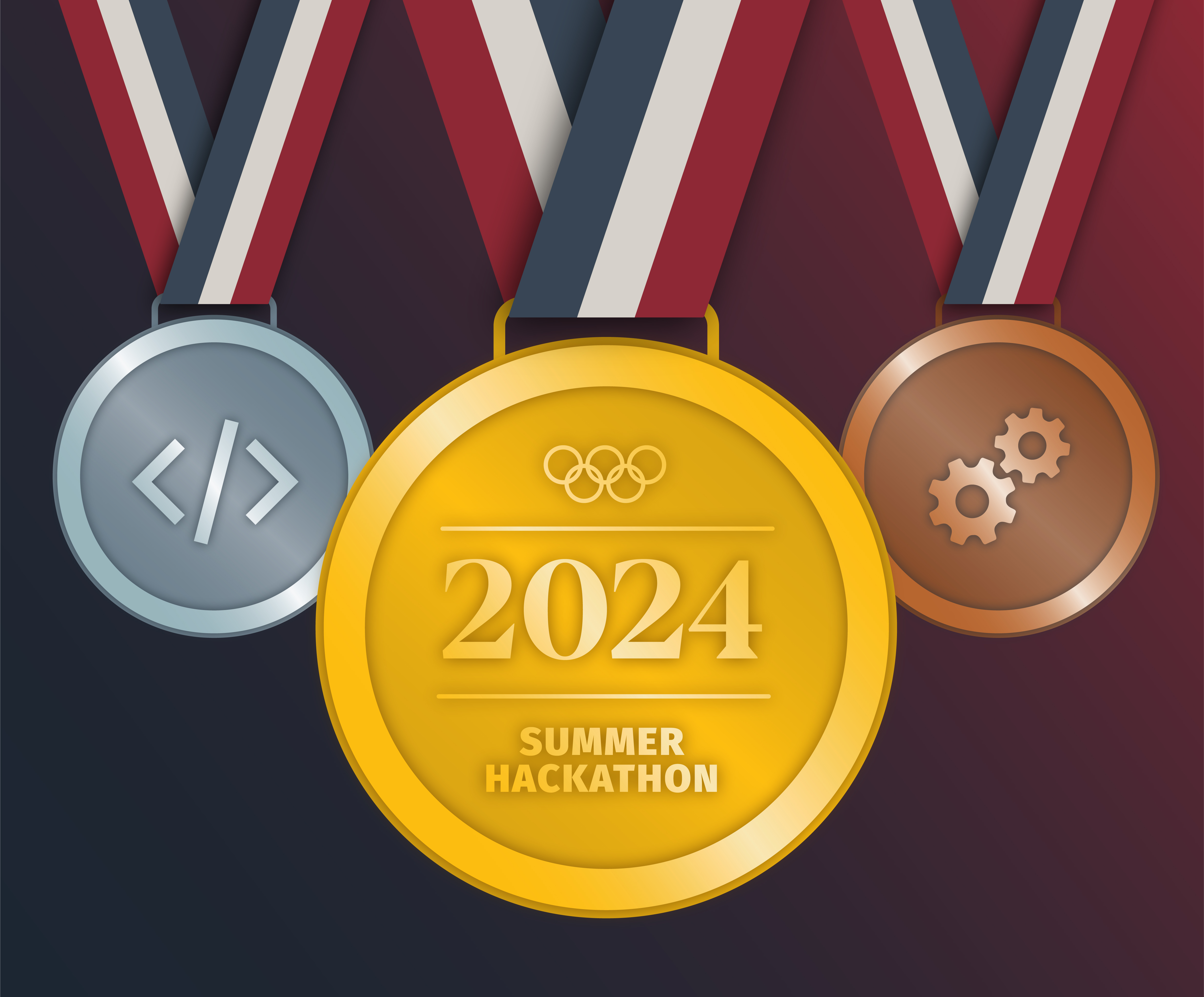
It’s that time where having the national anthem playing in the background all day, everyday for two weeks is somehow not only acceptable but expected. From the comfort of our couches, we unite as a country to watch athletes from around the globe show us the pinnacle of human abilities.
But what if the Olympics were just a big Hackathon set in Paris? Forget defying physics with the human body, let’s compete from our standing desks and ergonomic keyboards. Substitute bug reports for track events; pair programming for synchronized diving. The best of the best come together and jostle for a place on the podium.
Regardless of the setting, here’s a lighthearted look at the parallels between the world of sports and the pile of gantt charts we’ve come to know and love. What events would you like to see or compete in?
Software Development Olympics
1500m Freestyle Swimming: Tech Debt Squashing
Much like the longest aquatic event of the games, getting to the bottom of your tech debt pile is something that requires patience and perseverance. As the name of this sporting event goes to show, this is something that you have to be in for the long haul to be successful.
Bouncing from feature to feature and getting to the bottom of a bug report can be compared to the 50m freestyle, something that just about everyone has to do at some point in their career. But it takes a special breed of person to keep their eye on the prize of finally freeing an application from all of its N+1 queries, not too dissimilar to those people who can handle swimming for twenty minutes at a time.
4 x 400m Track Relay: Code Sprints
Any comparison of a software development project to sports cannot be complete without recognizing the team aspect. What better pairing for a code sprint than a track event? Code sprints and the track relay both represent your team collective working towards a milestone.
In both cases, each team member has their own responsibility but cannot be successful without the others succeeding as well. The front end engineer can’t be displaying the data until the API developer makes sure it’s included in the response; the designer can’t start making their prototype until the project manager gathers and lays down the feature requirements; the last runner can’t close things out until they get handed the baton.
To get a gold in either event, your handoffs have to be clean and you need to take any missteps in stride in order to overcome them. But at least on the track, you get some recovery time before you have to turn around and do it again!
Dressage: Design – Engineering Reviews
I couldn’t resist making a comparison to the symbiotic relationship of horse and jockey. In dressage, the rider (designer) guides the horse (engineer) through a series of precise movements. Similarly, designers outline the feature direction after analyzing requirements, while engineers worry themselves with execution. Its beauty, its grace, and when done well the teams involved make it look effortless.
Friction in this relationship can cause things to grind to a halt. Both must be in sync, or else time can be wasted spinning the wheels or going down rabbit holes. Much like when the horse can’t make a jump, an overly technical design can stop an engineer in their tracks.
Canoe Slalom: Delivery Management
What better metaphor for a project timeline than a raging, unpredictable river? We can think of project milestones as the gates the paddler is required to navigate through; most of the time what you need to do is ahead of you, but you always have to be prepared to turn the boat around and head back upstream. The delivery manager/paddler is trying to adapt to the current while staying as close to their chosen line as possible, ready to right the course when a wave inevitably comes crashing over the bow.
In both cases, missing a gate (or product requirement) poses a threat that can be impossible to recover from. The personalities that thrive here are efficient and daring while somehow simultaneously being meticulous and prescient.
Triathlon: DevOps
The triathlon combines swimming, cycling, and running into one grueling event, mirroring the multifaceted nature of keeping an application alive and well. Reliability engineers must bring development, operations, and quality assurance together and make it look easy. The same goes for triathletes, transitioning between different physical activities on vastly different mediums.
Triathletes need endurance, versatility, and strategic planning to excel in each segment of the race. Similarly, DevOps requires a holistic approach to streamline processes, automate workflows, and ensure continuous delivery. Both fields demand a balance of speed, efficiency, and adaptability to overcome diverse challenges and achieve success.
Conclusion
By drawing these parallels, we can see that both the Olympics and software development projects require meticulous planning, teamwork, adaptability, and dedication. Whether you’re squashing tech debt, getting past the next milestone, synergizing between design and engineering, or getting those deliverables through turbulent waters, the spirit of competition and excellence drives success in both arenas. So go wave a flag, get inspired, and root for your country’s best as the 2024 Summer Olympics unfold over the next few weeks in Paris.
Loved the article? Hated it? Didn’t even read it?
We’d love to hear from you.





This is very nice blog and must read for everyone offering interesting information.